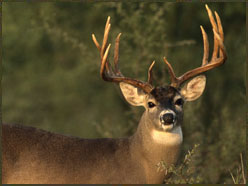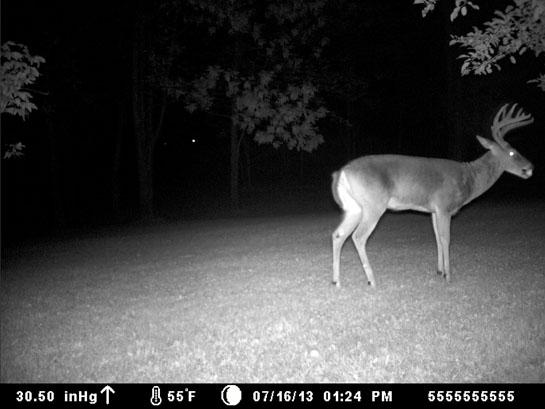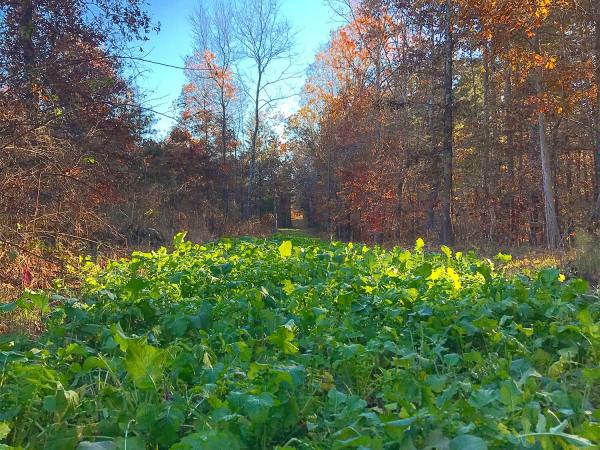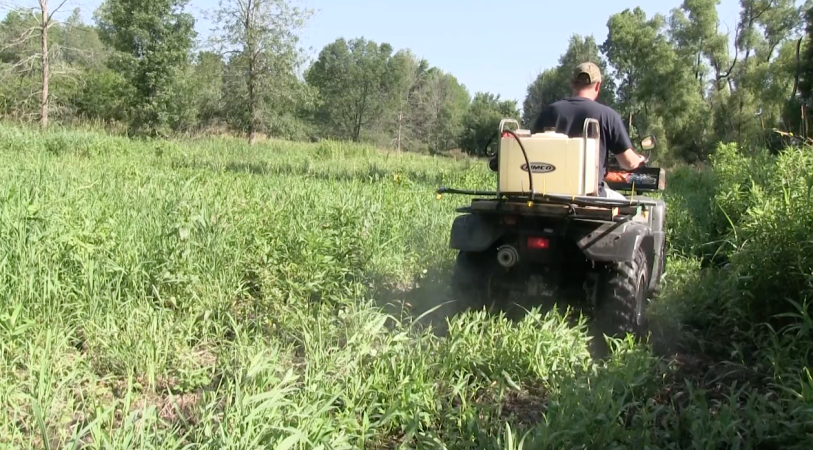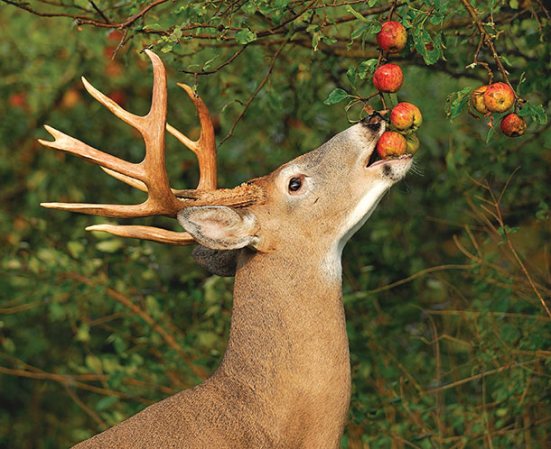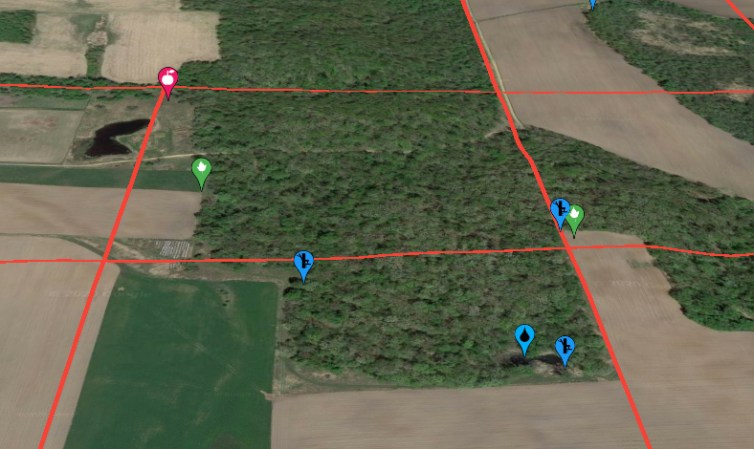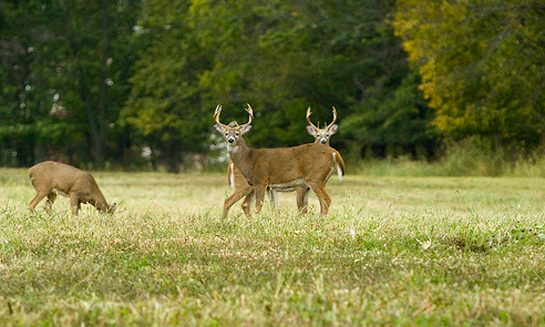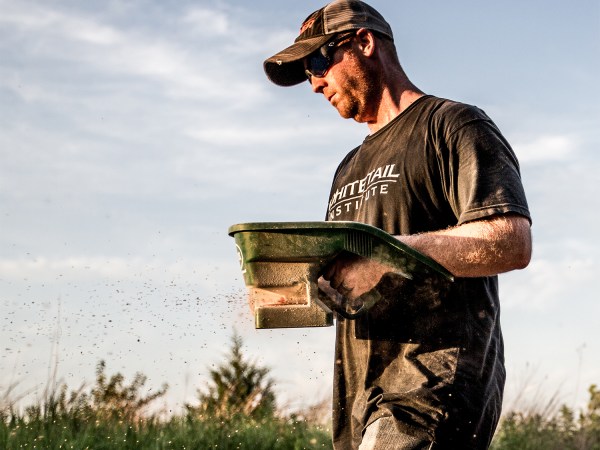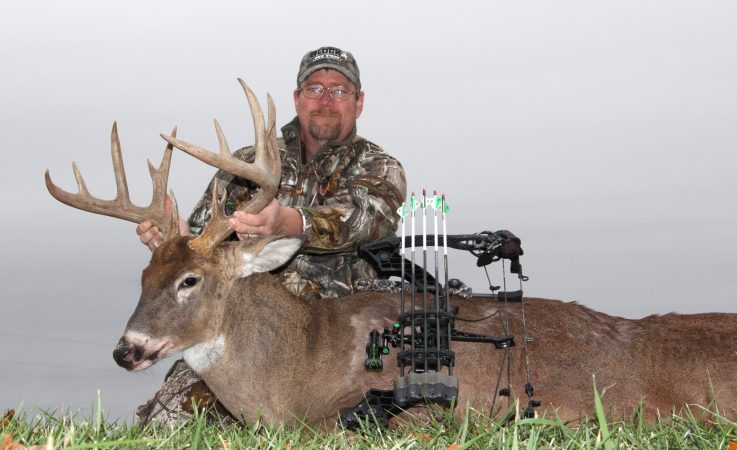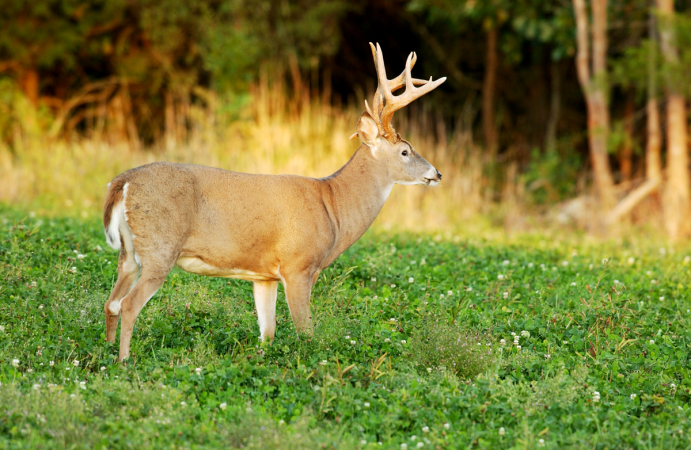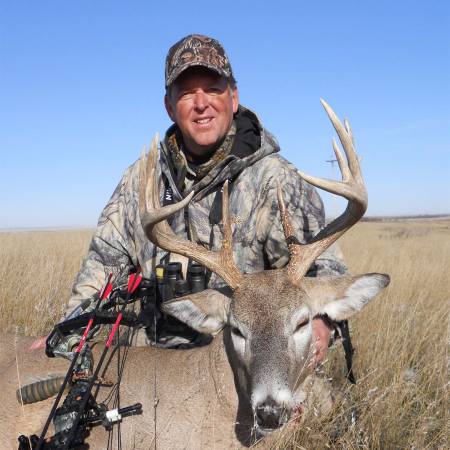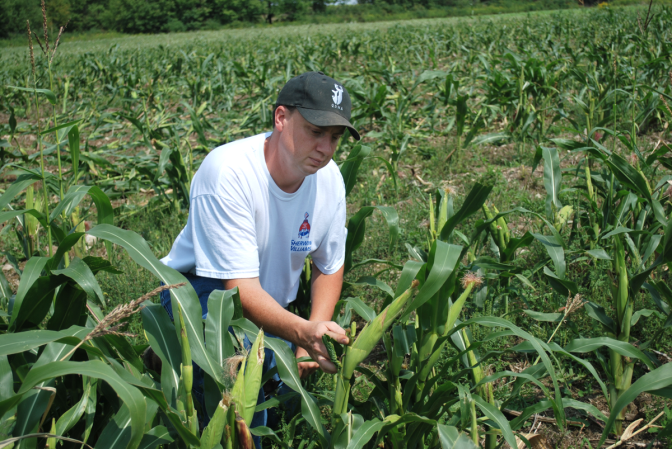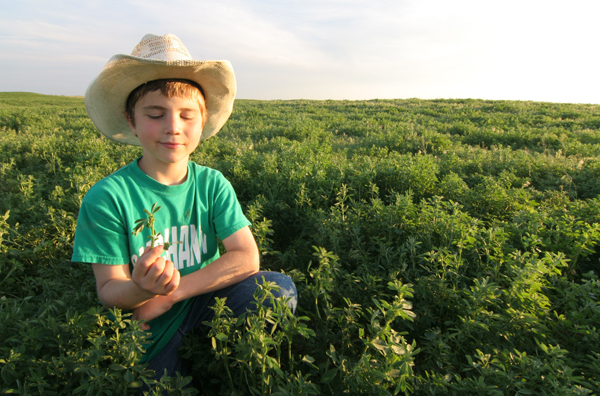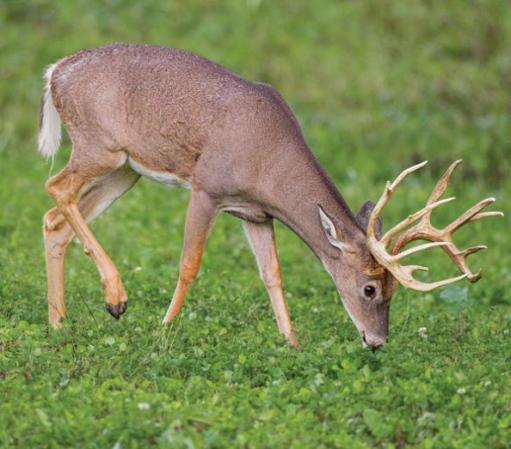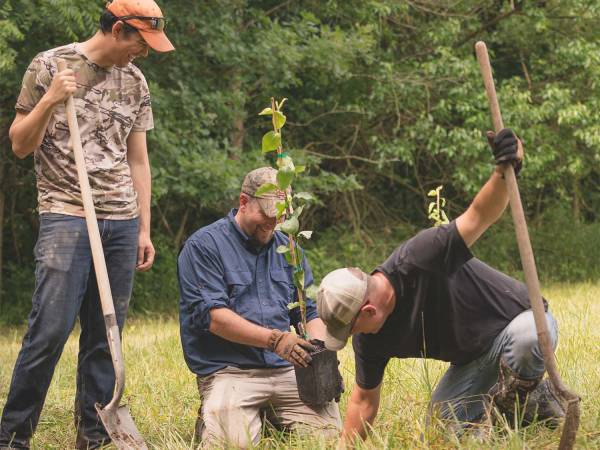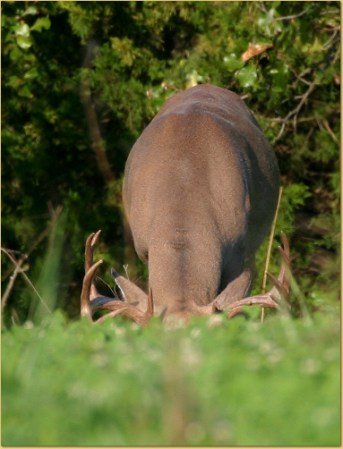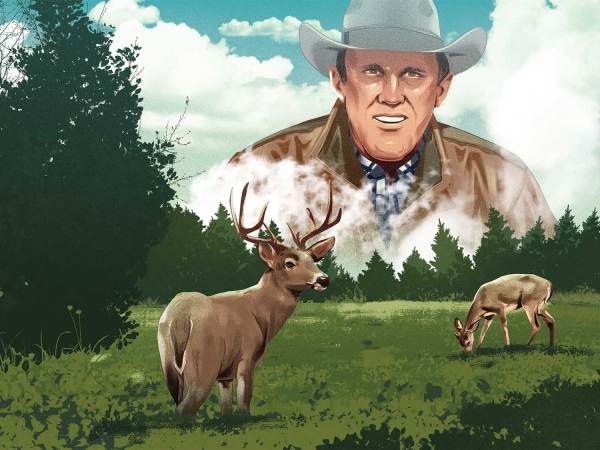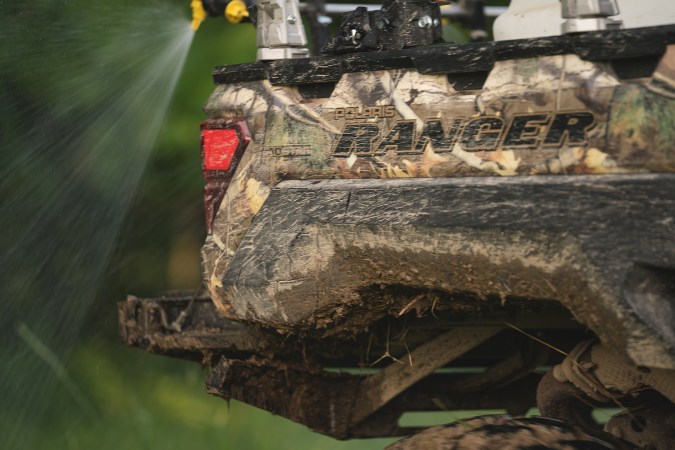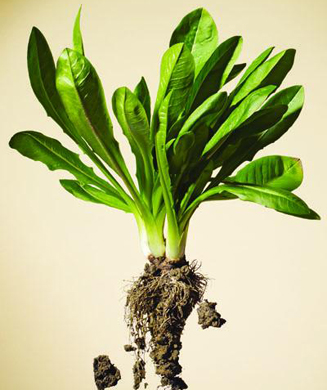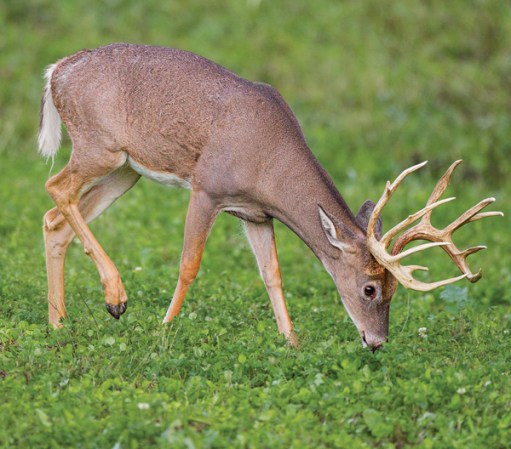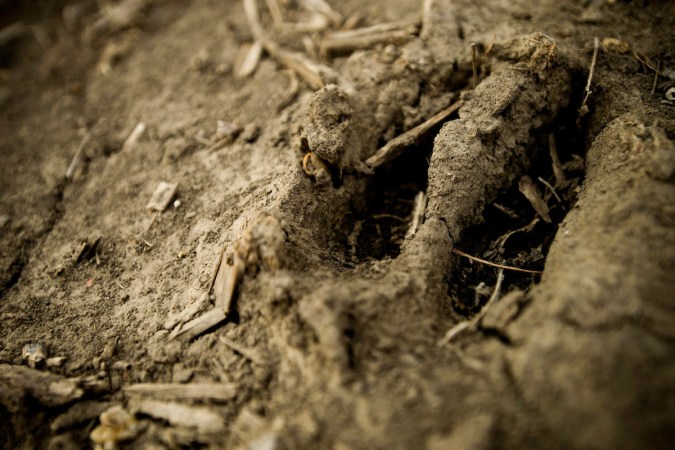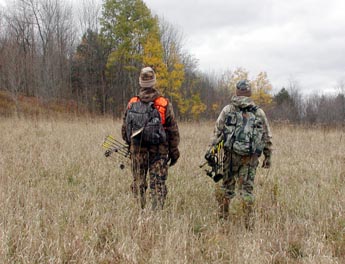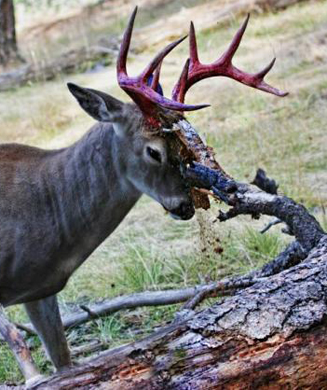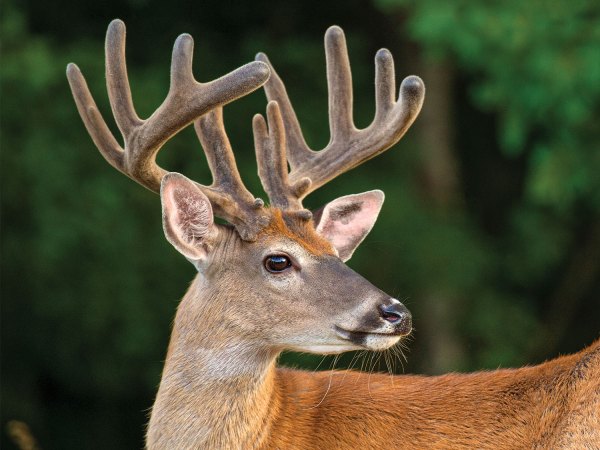Good plots get a ton of ink these days, but the fact is, the majority of deer hunters still do their thing on small, wooded lands where sowing fields with grain or clover is not an option. If you’re in that majority, you do have other options. Here are a couple of simple and frugal ways to improve the deer feed on your tract.
**Sweeten the Deal **
Fertilizing native plants and mast trees is a great, though largely ignored way to enrich food sources for deer, turkeys and other wildlife. By increasing the nutritional value of plants, nuts and fruits, you can attract more does and bucks to the spots you hunt.
Start by scouting ridges and draws where you hang your tree stands for pockets of honeysuckle, greenbrier, blackberry, wild grape or similar browse that deer in your region prefer. Feed those plants with a special native-plant fertilizer twice a year (see sidebar). Simply walk around and toss the fertilizer by hand. A 30-pound bag should feed roughly one-fifth of an acre. Perfect! That’s just about the size of many pockets and strips of vegetation.
Spring is also the time to fertilize a few mast- producing trees. Focus on the oaks, but don’t overlook apple, persimmon, wild plum and other fruit trees that are tucked in out-of-the-way spots you regularly hunt.
Mow the Grass
Last December, I hunted a farm in Iowa that had corn, soybeans, clover and peas. But I kept wondering why so many does and bucks, including a giant eight-pointer, were feeding in nearby CRP fields each evening. I investigated and found that a smorgasbord of tiny, green weeds had sprouted up in the mowed strips. Then I got it. Some deer were ignoring the crops and plots and feeding on the succulent, protein-rich forbs. I didn’t get the big eight, but I did shoot another buck in a strip.
I left the Midwest with a good deer and a great new trick: You can create “feed strips” anywhere you hunt. Maybe there’s an overgrown field or a dry, grassy swamp or a creek bottom on your tract. Well, mow a few strips through that cover next fall. If you don’t own or have access to a tractor and a bush hog, pay a local guy $100 or so to do the job.
Then you’ll have a decision to make: Watch the strips, or hunt near an oak grove you fed in another corner of the woods. Either way, you’ve upped your odds of getting your buck, without spending a lot of money.
